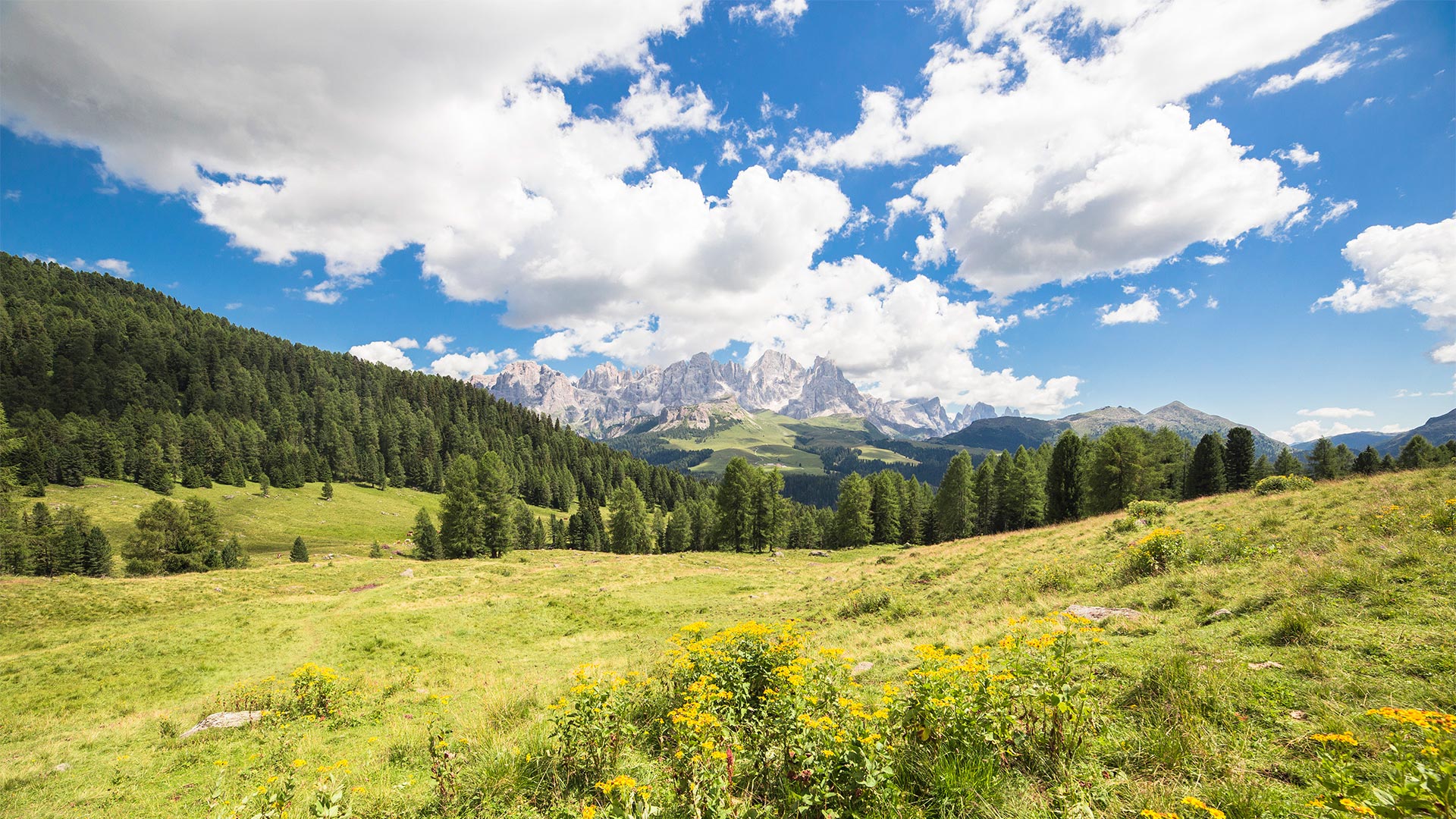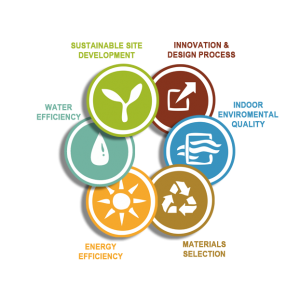
Leed Certification
Hotel Garnì Paradisi respects the environment
Garnì Paradisi was designed and built according to the most modern standards of sustainability in construction, and the level of environmental sustainability achieved has been evaluated and certified with the “LEED® 2009 Italia New Construction and Renovation” system.
The rating system is organized into five environmental categories, each consisting of one or more mandatory prerequisites and scoring credits: Site Sustainability (SS), Water Management (GA), Energy and Atmosphere (EA), Materials and Resources (MR), and Indoor Environmental Quality (IQ). An additional category, Innovation in Design (IP), is concerned with innovative practices directed toward sustainability and issues not addressed in the previous five categories. Finally, the Regional Priority (PR) category allows for highlighting the importance of local situations in determining the best design and construction sustainability practices. LEED® certification is awarded according to the following rating scale: basic: 40-49 points, silver: 50-59 points, gold: 60-79 points, platinum: 80 or more points.

Locating the project near public transportation stops, providing bicycle racks, and locating preferential parking spaces for carpools/vanpools and alternative fuel vehicles helps encourage users to use alternative forms of transportation.
The use of paving materials with high solar reflectance index for parking areas and sidewalks helps reduce the heat island effect, which is the difference in thermal gradient between urbanized and green areas. The heat island effect occurs in urban areas due to the presence of dark-colored paved surfaces and roofs that absorb solar radiation and overheat, increasing energy requirements for cooling.
Reducing lawn areas in favor of shrubs and bushes and planting green spaces with native essences make it possible to cancel out water requirements for irrigation purposes.
In order to increase water-use efficiency in the building to reduce the load on municipal water supply and wastewater systems, low-flow faucets were installed, resulting in annual water savings of more than 35 percent of potable water used within the building for toilets, sink faucets, showers, and kitchen sinks.
The high performance of the building-plant system makes it possible to reduce the building’s energy demand. The installation of solar collectors and photovoltaic panels on the roof allows solar energy to be used as a renewable energy source.
More than 20% of the materials used for construction are regionally sourced, i.e., mined/harvested and processed within 350km of the site where the project is located. More than 10% of the materials used for construction have recycled content.
Adhesives, sealants, paints and varnishes with low Volatile Organic Compound content were used to ensure indoor air quality during construction.
All interior spaces are designed to provide occupants with comfort and direct visual contact with the outside environment. Openings are located and sized to provide all regularly occupied spaces with natural lighting and visual access from the interior to the natural outdoor environment.




